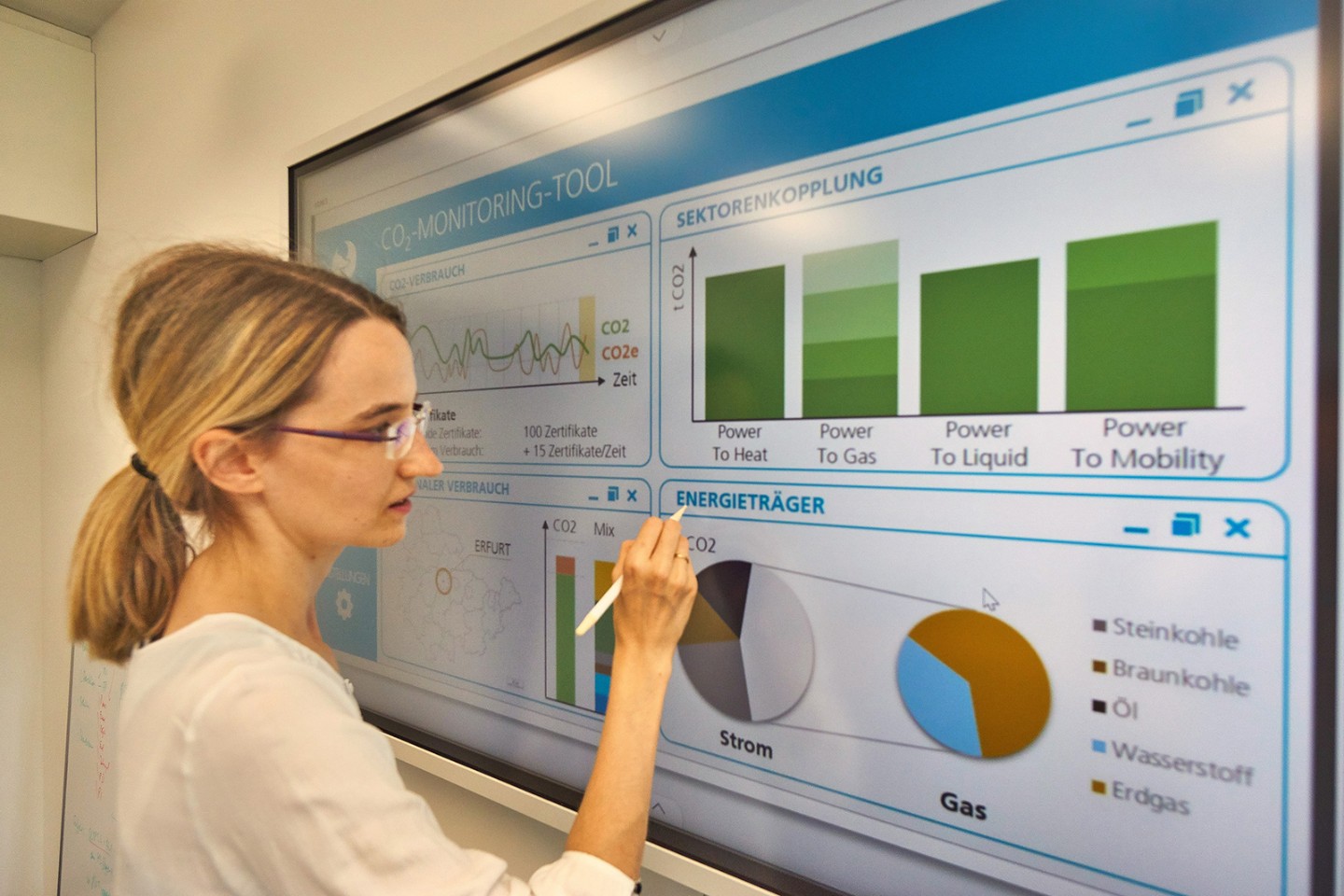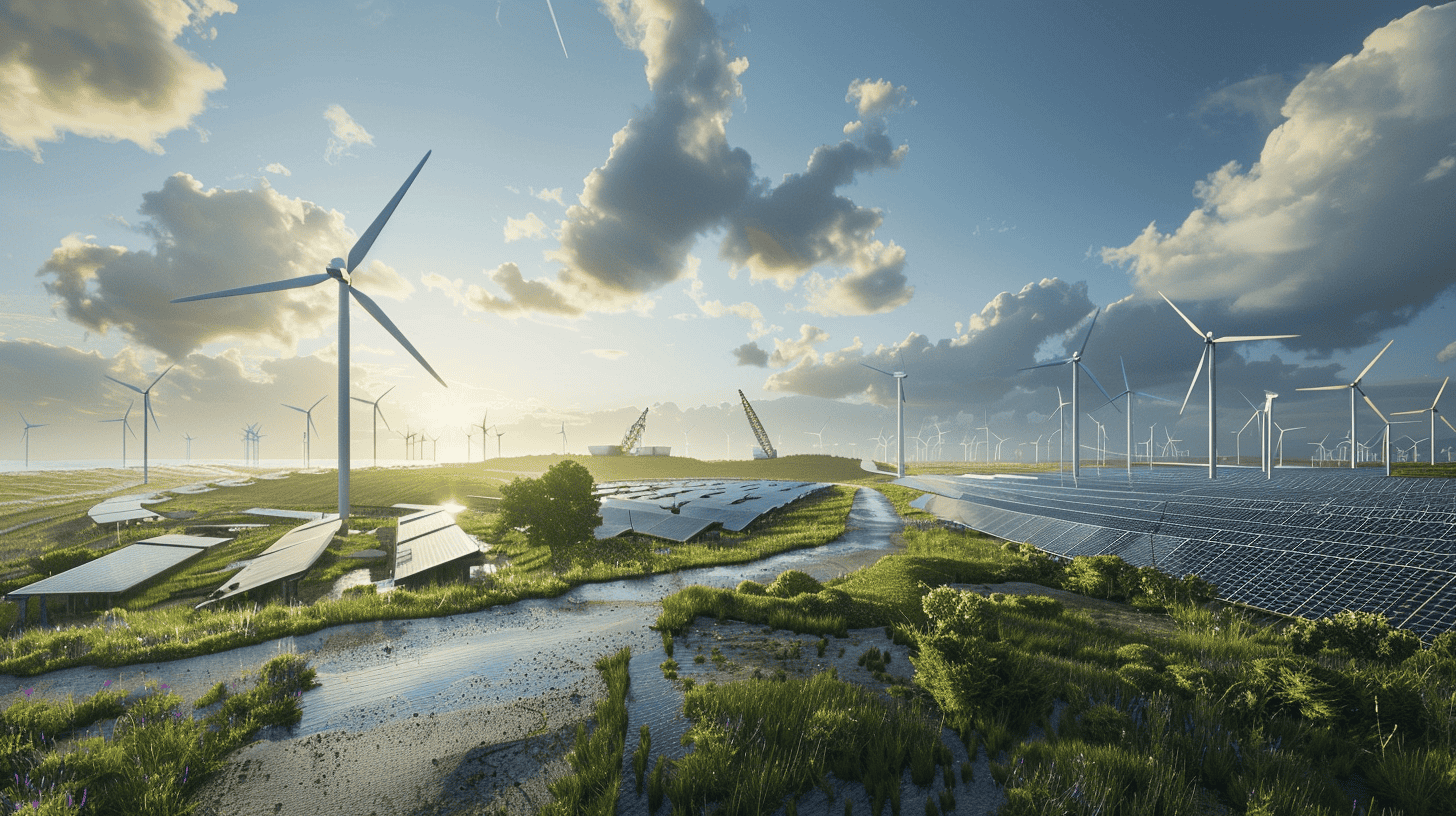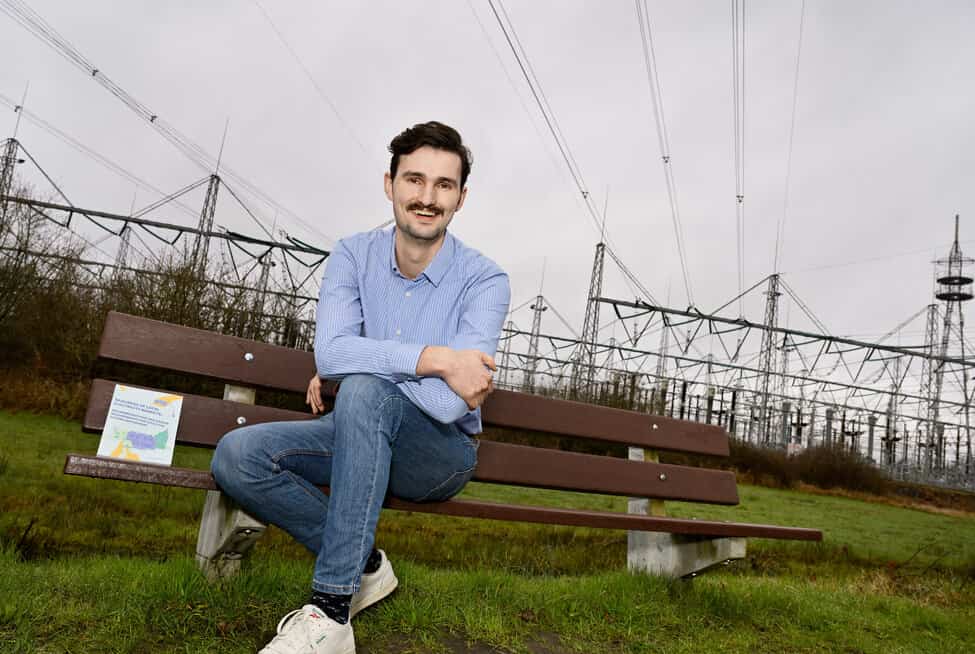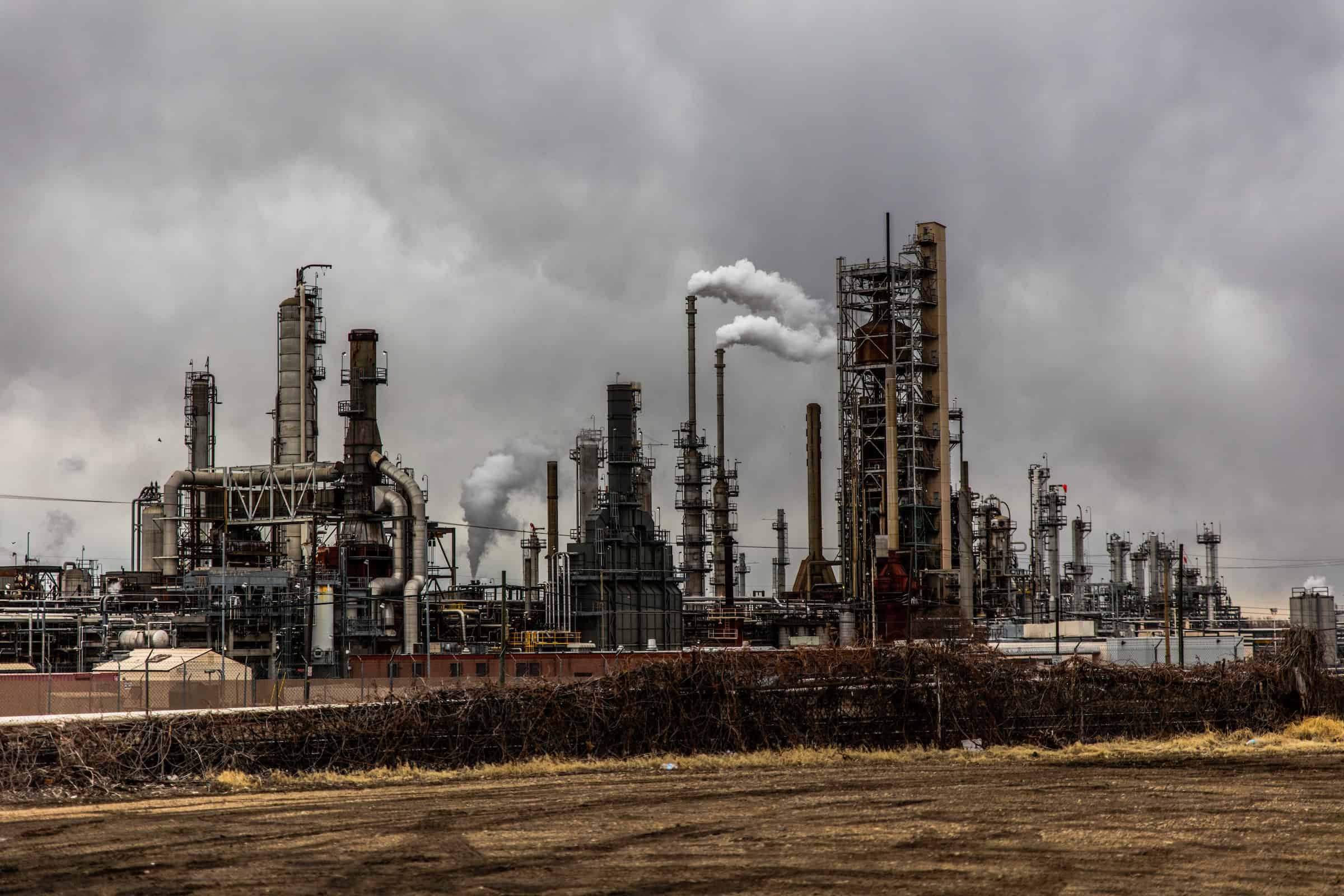
The energy transition – as in the shift away from fossil fuels and towards renewable energies – is continuing to make progress in Germany. Now the focus is on reducing energy consumption and CO2 emissions. The joint project ZO.RRO (Zero Carbon Cross Energy System) aims to achieve a completely CO2-free energy supply for the German Free State of Thuringia. To do this, the project partners are looking at electricity, thermal, and gas networks. This is referred to as ‘sector coupling’ by experts in these fields.
The novel aspect of this project is that previously, projects primarily focused on the provision of energy, whereby the interactions with systems services were not taken into account. However, scientific analyses show that 20% of CO2 emissions are caused by systems services, which are indispensable for the stable operation of energy systems, and that these can be operated safely again, even after malfunctions.
Optimal mix for Thuringia
Researchers at the Applied Systems Engineering AST division of the Fraunhofer Institute of Optronics, System Technologies, and Image Exploitation (IOSB) in Germany are developing a complex IT ecosystem of hardware and software solutions for Thuringia. In the first step, they are also putting together an optimal technology mix for Thuringia. This means that systems services can be designed to be CO2-free by exploiting the sector coupling of heating, gas, and electricity. This is based on an innovative scenario “which is characterized by renewable energy systems and storage and hydrogen technologies, along with a more conservative scenario that includes power-to-gas and gas power plants in the calculation.”
“Our goal is to make Thuringia’s energy supply CO2-neutral by 2050 and to figure out the most cost-optimal variant for this,” explains Steffi Naumann, scientist and project manager at Fraunhofer IOSB-AST. “If the calculated cross-sector technology mix is suitable for stable grid operation, the CO2 emissions released in the process will be determined. If a stable operation is not feasible, feedback is sent to the energy system planning.” This optimization model identifies the technologies “which should ideally be installed in a future technology park in Thuringia, provided that they emit as few greenhouse gases as possible.”
IT ecosystem for zero emissions
The research team at Fraunhofer IOSB-AST IT-Systeme focuses primarily on monitoring current CO2 emissions. But they are also looking into the management of flexible options for company operators. “If we want to keep the global release of greenhouse gases to a minimum, IT systems are required that can master the complex dynamic interactions of energy supply systems that are mainly based on renewable energies. As well as ensure safe and reliable operation at all times,” says Juliane Sauerbrey. She is a colleague of Steffi Naumann in the ZO.RRO project. “They can also be used, for example, to visualize predictions for CO2 emissions based on the energy usage planning of the supply system and the companies that will be supplied with that energy.”
The researcher and her team are incorporating various hardware and software into a complex IT ecosystem. For example, a sensor system from the ZO.RRO Box shows the amount of electricity and gas being used. This usage is converted into its CO2 equivalent. This in turn enables conclusions to be drawn about the current CO2 emissions. In addition, there is a database and a CO2 monitoring tool that sends the current CO2 footprint to a management system. This means that optimization opportunities in operations are visible sooner. The advantage of this real-time monitoring is that the largest CO2 sources can be identified. Companies would also benefit financially as they can minimize their CO2 emissions by saving on costs for CO2 certificates that would otherwise be incurred. “Apart from live monitoring, the special feature of our tool is that it takes sector coupling into account,” says Sauerbrey.
Research can be extended to all federal states
Another component of the IT ecosystem is software that has been designed for the management of flexible options. According to Juliane Sauerbrey, this allows “existing flexible options to offset gas, thermal and electricity loads aimed at minimizing the CO2 footprint and offer CO2-free system services.” The hardware and software solutions could be installed in e.g. companies, municipal utilities, neighborhoods and ministries.
“Of course, private households also benefit from the new energy concept,” the researcher points out. “A three-person household consumes about 2600 to 3900 KWh per year. With an emission factor of 500g/kWh from the German electricity mix, this corresponds to up to 1.95 tons of CO2 per year. Moreover, depending on CO2 price trends, between 80 and 350 €/year in CO2 costs for electricity alone. We want to use our approach to drastically reduce the CO2 footprint and consequently also significantly lower the costs for households.”
ZO.RRO is now being rolled out in Thuringia, thus providing the methods for a cost-effective and climate-neutral energy supply system. But it could be extended to any other federal state and even to the whole of Germany, the scientists insist. ZO.RRO is supported by the German Federal Ministry of Economics and Energy BMWi and the Free State of Thuringia. It ends in December 2021, followed by the demonstration phase with companies and cooperation partners who will be testing the IT systems.
Title picture: ZO.RRO project collaborator Juliane Sauerbrey in front of the CO2 monitoring dashboard developed by Fraunhofer IOSB-AST. © Fraunhofer IOSB-AST/ Martin Käßler








